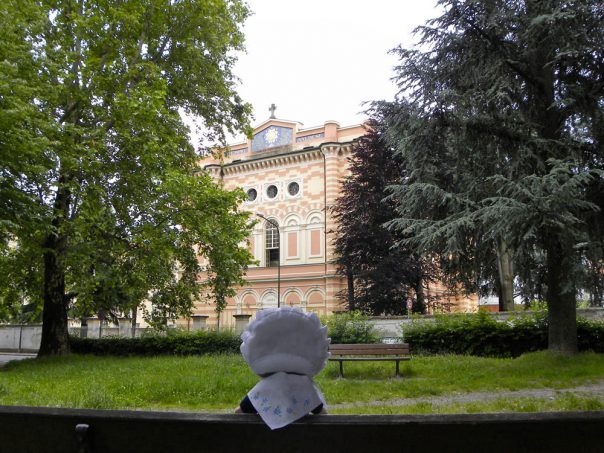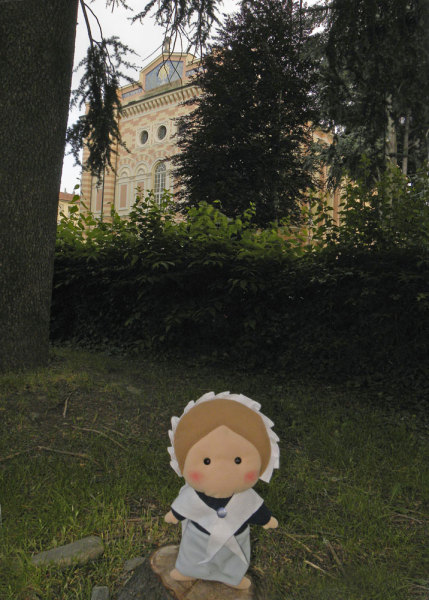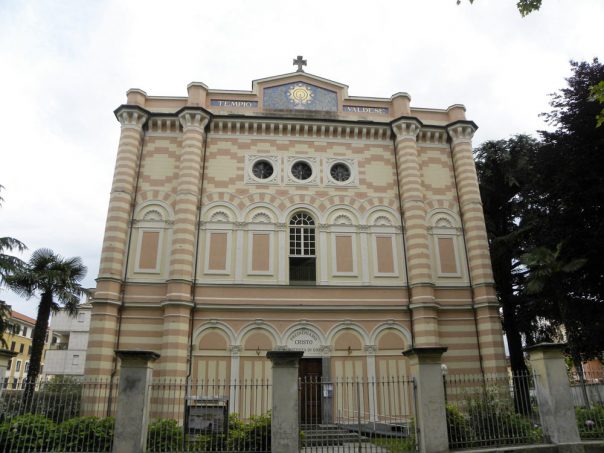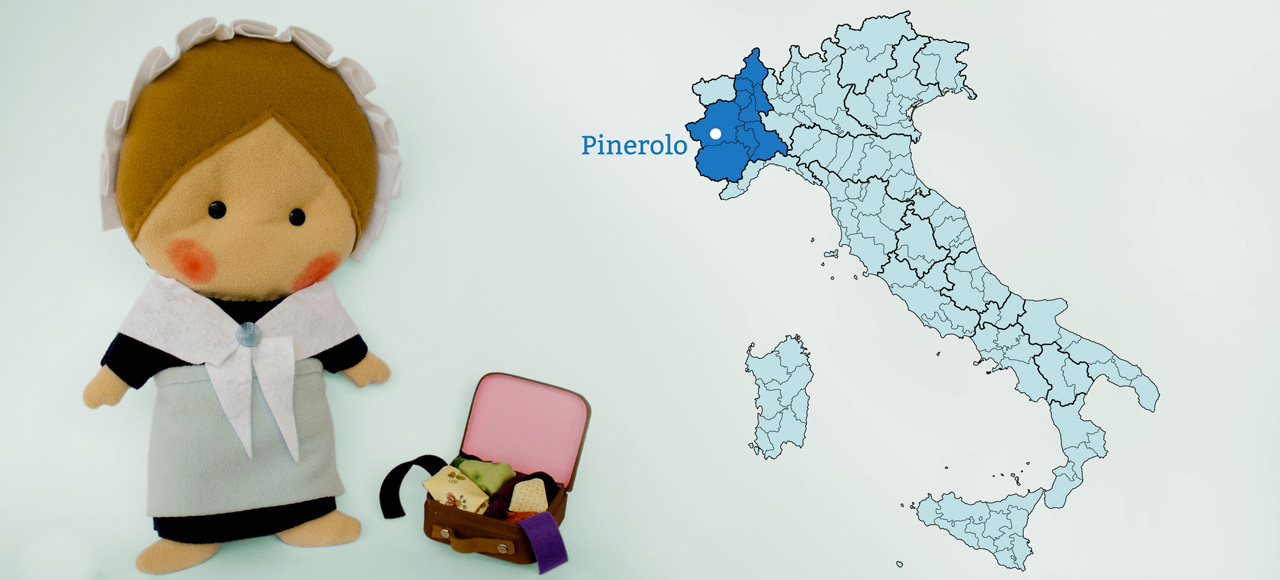Via dei Mille, 1
Pinerolo (TO)
Hi!
Do you remember my journey outside from the Valleys some weeks ago? In that post I recounted you about my visit to the Temple of Piazza Cavour in Rome. Today, on the contrary, I won’t go too far, in fact I’m going to tell you something about the Temple of Via dei Mille in Pinerolo, a small town which is just a few kilometers outside from the Waldesian Valleys.
The first document we’ve seen speaking about the presence of Waldesian families in Pinerolo dates back to 1297. Between 1300 and 1400 many citizens had a hard time because they were accused of valdesìa by the Inquisition Tribunal, which was situated in Pinerolo.
Have you already heard something about the Inquisition Tribunal? It was a special court created during Middle Ages, in a preiod of hard intolerance for freedom of think. The task of the Tribunal was to squelch the heresy, but actually it was so easy to be considered heretic: for example, being not so much respectful of traditions or of civil and religious institutions could be enough for being burnt on a stake.

In 1561 the Respite of Cavour accorded to the Waldesians the right of profess the protestant cult, but only in the Valleys. The Waldesians in Pinerolo were obliged to run away of suffer terrible persecutions.
At the end of 1700, with the annexation of this area to the Napoleonic France, Pinerolo lived some years of tolerance, but this situation ended soon. The Waldesians, as I have already told you in another post, had to wait for the Lettere Patenti and the Statuto Albertino of 17th of February 1848, which recognized them the civil rights.

Finally, in 1850, also in Pinerolo was established a Waldesian community, formed by 150 members.
Thanks to the strong contibute of some foreign friends, including the US citizen James Lenox, in 1855 the Waldesians bought an area in the town and started to build the Waldesian Temple, which was opened 5 years later.
The initial idea was to build the temple with two bell towers, but the project had to be modified, because the idea of having a Waldesian place of worship in the town wasn’t so appreciated. And so, the temple was built in a way it didn’t look like a church, and very different than today. The actual temple was at the first floor, to avoid a direct access from the road, and the ground floor hosted a school, which was open also to the non–waldesian pupils, and which remained open until 1911.
The external look of the temple wasn’t so appreciated by the community, and people started to call it commode renversée, which means “overturned dresser”, because of the four small towers placed at the four corner of the building.

Only in 1927 some major works changed the look of the temple and moved the worship area at the ground floor, while at the first floor in 1960 was created a guesthouse to host the students which lived in the Valleys but studied in Pinerolo.
Today, the rooms over the temple are dedicated to the acceptance for migrants and for social activities.
Do you want to read the tale in Italian ?
